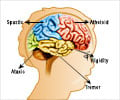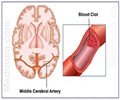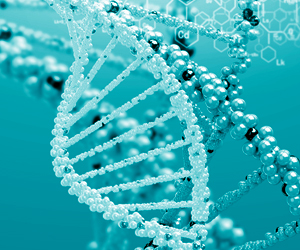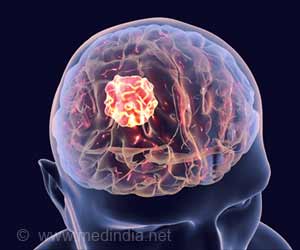Gene mutation linked to hereditary spastic paraplegia has been discovered by The Scripps Research Institute (TSRI) scientists.

"We often need to understand the protein function that is disrupted by a gene mutation, if we're going to understand the mechanistic basis for the disease and move towards developing a therapy, and that is what we've tried to do here," said Benjamin F. Cravatt, professor and chair of TSRI's Department of Chemical Physiology.
There is currently no treatment for hereditary spastic paraplegia (HSP), a set of genetic illnesses whose symptoms include muscle weakness and stiffness, and in some cases cognitive impairments. About 100,000 people worldwide live with HSP.
Uncovering Clues
In the new study, Cravatt and members of his laboratory, including graduate student Jordon Inloes and postdoctoral fellow Ku-Lung Hsu, focused on DDHD2, an enzyme of unclear function whose gene is mutated in a subset of HSP cases. "These cases involving DDHD2 disruption feature cognitive defects as well as spasticity and muscle wasting, so they're among the more devastating forms of this illness," said Cravatt.
To start, the researchers created a mouse model of DDHD2-related HSP, in which a targeted deletion from the DDHD2 gene eliminated the expression of the DDHD2 protein. "These mice showed symptoms similar to those of HSP patients, including abnormal gait and lower performance on tests of movement and cognition," said Inloes.
Advertisement
"We were able to show as well, using both light microscopy and electron microscopy, that droplets of triglyceride-rich fat are present in the neurons of DDHD2-knockout mice, in several brain regions, but are not present in normal mice," said Inloes.
Advertisement
Finally the team confirmed DDHD2's role in triglyceride metabolism by showing that triglycerides are rapidly broken down into smaller fatty acids in its presence. "These findings give us some insight, at least, into the biochemical basis of the HSP syndrome," said Cravatt.
Looking Ahead
Future projects in this line of inquiry, he adds, include a study of how triglyceride droplets in neurons lead to impairments of movement and cognition, and research on potential therapies to counter these effects, including the possible use of diacylglycerol transferase (DGAT) inhibitors, which reduce the natural production of triglycerides.
Cravatt also notes that the same approach used in this study can be applied to other enzymes in DDHD2's class (serine hydrolases), whose dysfunctions cause human neurological disorders.
Source-Eurekalert









